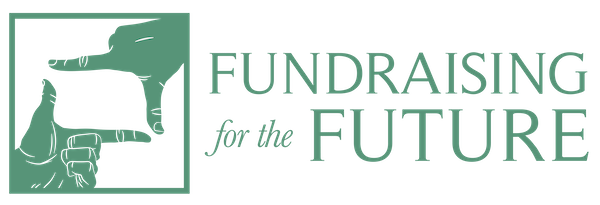In the field, I’m seeing nonprofits exhibit a range of responses to the pandemic. How an organization has pivoted so far will speak volumes to how they will approach adapting in the future.
A nimble nonprofit with business acumen should be able to discuss the following with clear examples:
- New needs or difficulties (financial, staffing, technical)
- New programs (an extension or an evolution of the mission)
- New projections
- Outmoded programs and financials
Below are a few fictional portraits of nonprofits (exaggerated for emphasis), and drawn from real life experience with nonprofits nationally.
The Agile Nonprofit
The agile nonprofit has a high functioning, adaptable culture. With low risk aversion, they are experienced in presenting and executing programmatic shifts with the board and staff.
- Pivoted to remote work quickly
- Solidified long term program changes based on new profit models
- Have put a 6-month and 12-month contingency plan in place
- Tracking all COVID expenses and lost revenue
- Communicating frequently with funders about programmatic & budget changes
- Have received relief funding and can report where that funding has gone
- Can articulate how additional funding would meet emergent needs
The Reticent Nonprofit
The Reticent nonprofit is risk averse. They may have levels of bureaucracy that prohibit innovation or a large or disunified board/staff. This nonprofit is hunkered down.
- Suspended programming or services
- No implemented new programming
- Focused on the internal pieces of their organizational development (strategic planning, training, etc.)
- Asking funders to continue to supplement their organizational budgets despite suspended programming
- No documented changes or updates to their budgets
- No projected scenarios for various future outcomes
- Outdated proposals being submitted: for programming once life “returns to normal”
- Asking for funders to underwrite their losses during the pandemic
The Half-and-Half
This nonprofit has a culture of adaptation, but may not have the staff power or financial means to carry out what they recognize as necessary shifts.
- Adapted their programming but have not yet amended their funding requests or annual budgets
- Recognized a new need and changed services or begun discussing what new services are needed
- Solidified short-term changes based on new programs
- Have not communicated with funders about new needs and budget changes
- Received some COVID funding
- Can speak to where additional funding would be helpful, but may be in the process of developing budgets
Paying attention to organizational culture and mindset will yield dividends.COVID has created an immense amount of pressure that will shed light on underlying strengths and weaknesses in nonprofits. Nonprofits that don’t have skills and practice innovating will struggle to make the necessary changes to stay solvent. For these nonprofits, the request from funders will be life support requests. They cannot adapt, so they will wait until the future, when they erroneously believe they will not need to adapt.
Agile nonprofits may ask for funding for new programs, or staff positions.They will produce materials such as: new budgets, new expenses, and new/projected funding streams. These nonprofits are positioned for growth, to grow self-supporting revenue streams, to find new nonprofit partners, and to attract funding to meet their evolving needs.
Stephanie
P.S. This was originally published as Part II in a series on Suzanne Hammer’s Blog “Voices from the Field”. Here’s Part I “Effectiveness in the time of COVID”
.


